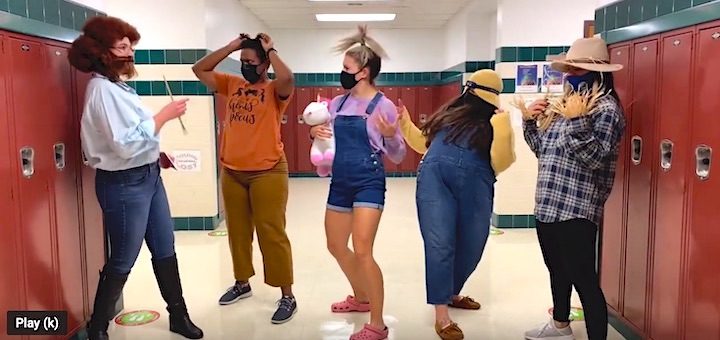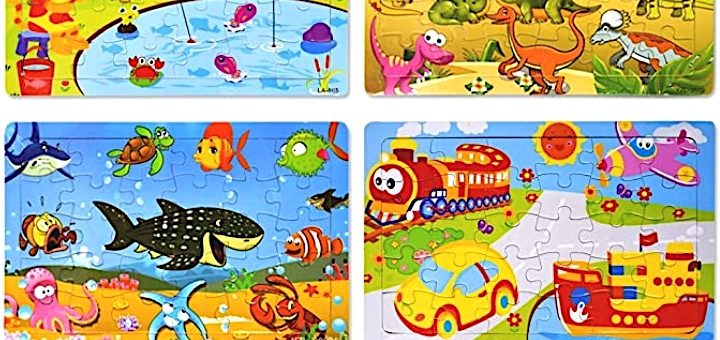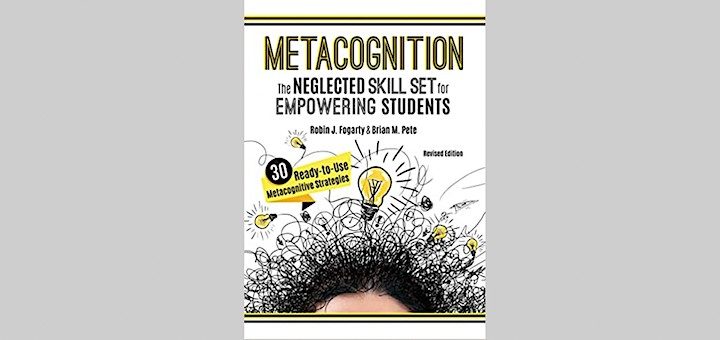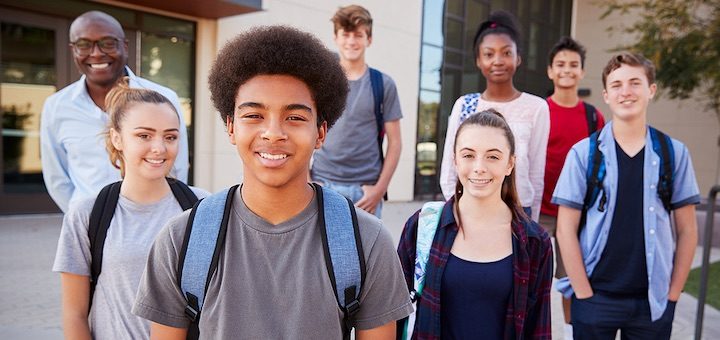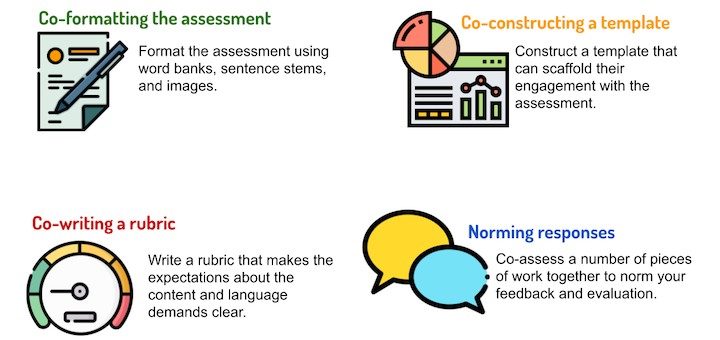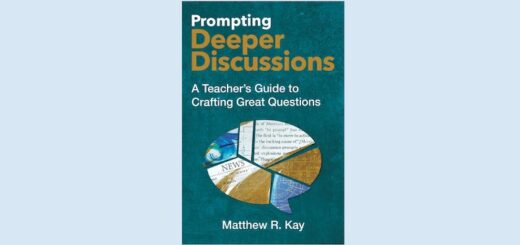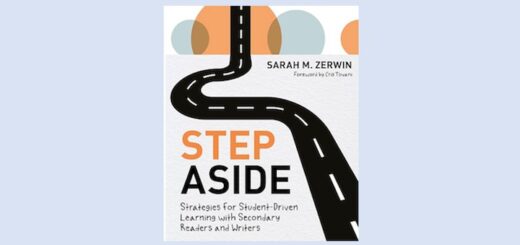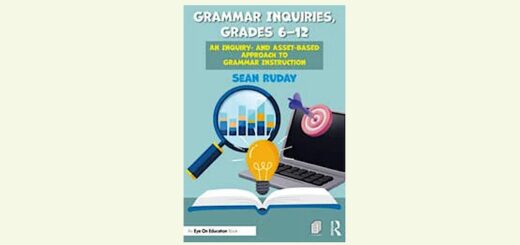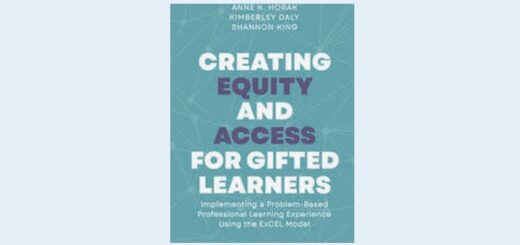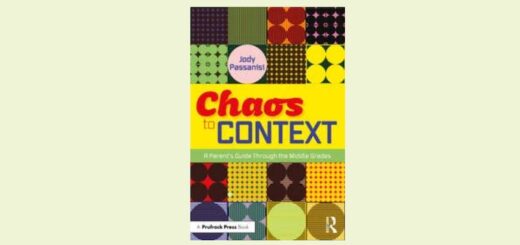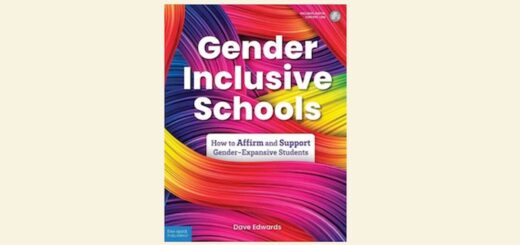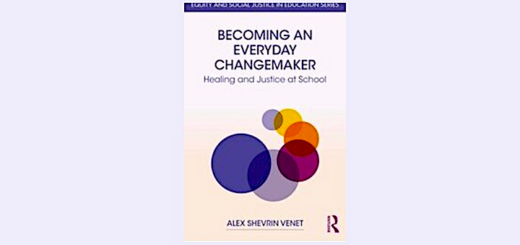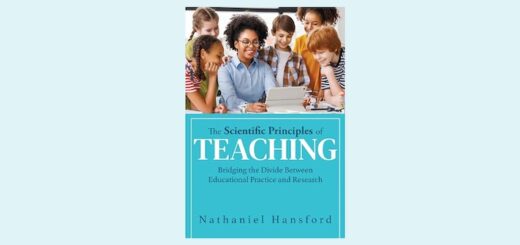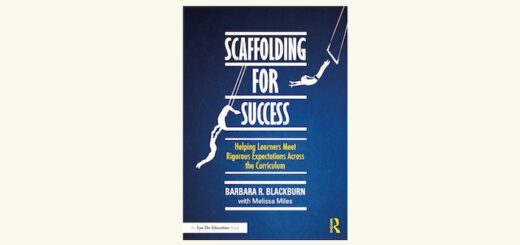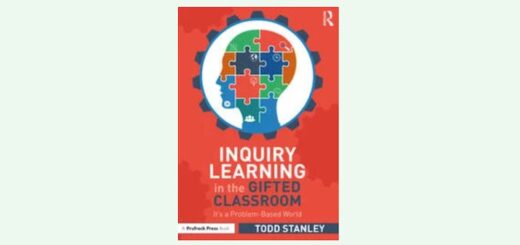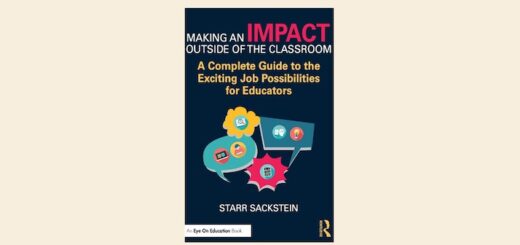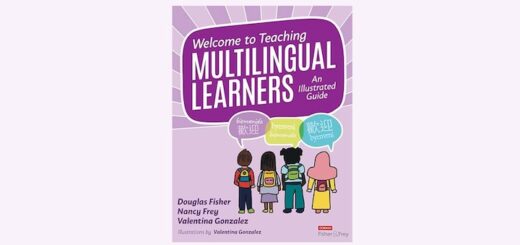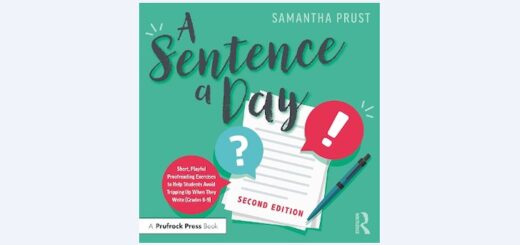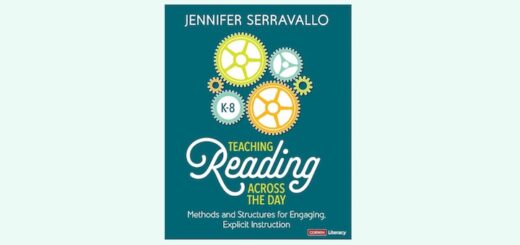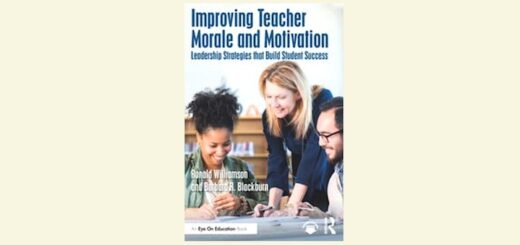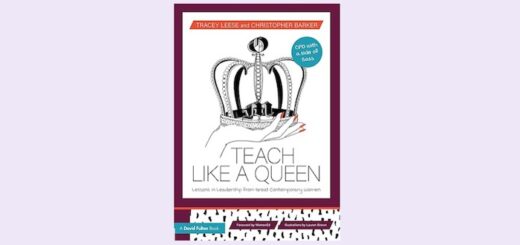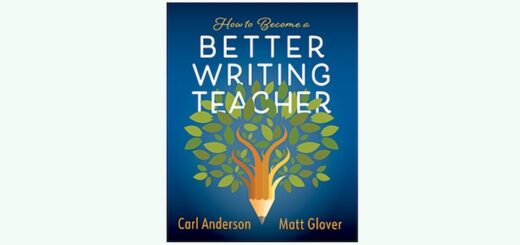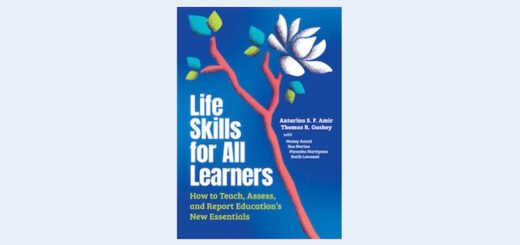Teaching and learning in grades 4-8
AP Chris Edwards and the staff of Kreps Middle School have been busy working to keep school spirit alive during fall and winter remote learning. Chris shares the school’s videotaped Challenges featuring staff and students dancing, singing, exercising, and more.
Active listening can take any virtual, hybrid or regular class into humanizing spaces that may motivate more students to join the learning process, writes coach and NBCT Elizabeth Stein. And if you’re co-teaching, the active listening process is easy to model!
Students have all too real tech issues interfering with online participation. But Dina Strasser’s pandemic experience tells her other kids’ black squares in Zoom signal disengagement. Here are 5 ways she’s keeping them tuned in with virtual class management strategies.
Teacher, author and adolescent literacy consultant Cris Tovani guides us through her 6Ts (Topic, Target, Task, Text, Time, and Tending) as she tells the story of her first virtual literacy workshop – with 7th graders who are studying the Sahara Desert. Engagement? CYA!
Michelle Russell loves teaching statistics and her students enjoy it too. But it took her a few years to find activities that really engage them and that also reinforce the statistics standards they need to learn. Here are three ideas she recommends for the middle grades.
In Metacognition: The Neglected Skill Set, Robin Fogarty and Brian Pete offer 30 grab-and-go strategies to help students create a new habit of mind, writes middle school director Jeny Randall. Along with tools for teaching, they invite us to hone our own metacognitive skills.
When we take the time to research and develop leadership styles that are true to our beliefs and values, while at the same time encouraging others to develop themselves and their own leadership styles, we become ethical and transformational leaders, writes AP DeAnna Miller.
Over the life of our nation, history has been recorded from a singularly white perspective. Pablo Wolfe, Mary Ehrenworth and Marc Todd suggest ways we can create truth-seeking communities in our schools and “inoculate our students against the viral spread of falsehood.”
Assessments that aren’t designed with language learners in mind perpetuate an equity gap, writes teacher Tan Huynh. When language specialists co-assess with subject area colleagues they can ensure the right balance of challenge and support for each student. Here’s how!
If you find yourself in a school situation where a parent or community member is unkind, unreasonable, or downright mean, principal and NBCT Rita Platt has tips to move beyond the hurt. Here’s what she does to make sure toxic remarks roll right off her back. Like a duck!

